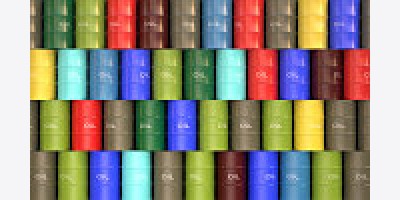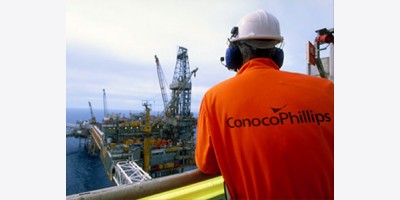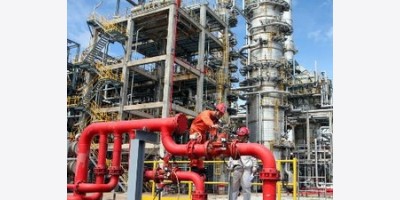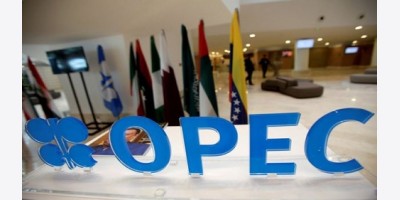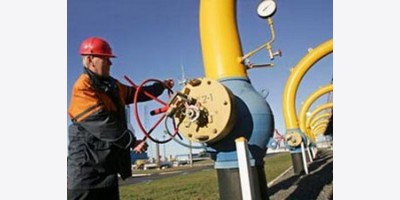By OGJ
Statoil ASA reported a slight decrease in its oil sands production in 2013 because of a planned multiweek plant shutdown for facility maintenance and the integration of new scientific research and experimental development measures, according to the company’s 2013 Oil Sands Report.
Production decreased from to 15,000 b/d of oil in 2013 from 16,000 b/d in 2012 as carbon dioxide intensity increased to 69.7 kg CO2/bbl from 55.6 kg CO2/bbl. The CO2 intensity in 2011 was 72.7 kg CO2/bbl.
The report—which presents performance indicators for production, energy consumption, emissions intensity, and resource use at the Leismer Demonstration Project and in the Kai Kos Dehseh (KKD) leases in northern Alberta—stated that CO2 intensity rose because of facility maintenance and the integration of pilot technologies to reduce long-term CO2 intensity.
The technology pilot measures are intended to both increase production and decrease CO2 intensity in the long term. Statoil said its CO2 intensity reduction targets of 25% by 2020 and 40% by 2025 remain firm.
More steam was utilized in 2013 when a fourth steam generator was added to support new well pads and the company’s current production wells. Statoil also experienced an imbalance in the reservoir after a planned maintenance period. As a result, production levels were lower and steam use higher than usual, impacting the company’s overall CO2 intensity rate.
“In 2013 we introduced new technologies to help further our ambitions. These include solvent co-injection, which has the potential to reduce the amount of steam and water used to produce a barrel of bitumen,” said Stale Tungesvik, Statoil Canada country manager and senior vice-president.
The company said carbon dioxide intensity is expected to decrease as operations normalize and additional technology is introduced. However, in the near term, the CO2 intensity for Leismer may be higher than the projected segment target.
“Statoil’s technology plan remains on course. We have identified a group of 14 technologies we aim to test and deploy over the next 5-10 years. A number of these technologies support our strategy to reduce CO2 emissions at their source,” said Tungesvik.
Results of the first full year of Statoil’s surface water monitoring program showed no indication the development of the Kai Kos Dehseh leases is having an effect on the natural water cycle of lakes and rivers monitored on those leases, the company said.
Production at Leismer, via a steam-assisted gravity drainage facility, started in January 2011 (OGJ Online, Jan. 27, 2011).
Statoil and Thailand’s PTT Exploration & Production (PTTEP), which in 2010 acquired 40% in the KKD project for $2.2 billion (OGJ Online, Nov. 23, 2010), signed an agreement in January of this year to divide their respective interests.
Following the transaction, Statoil will continue as operator and 100% owner for the Leismer and Corner development projects, while PTTEP will own 100% of the Thornbury, Hangingstone, and South Leismer areas.







